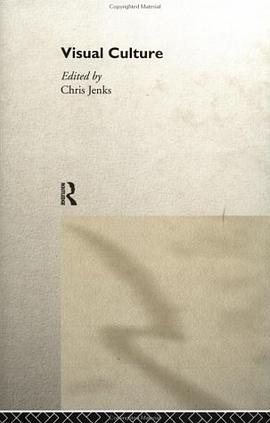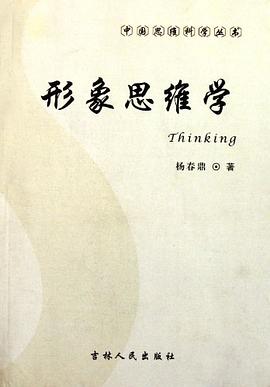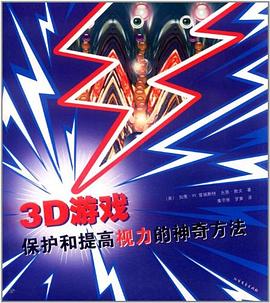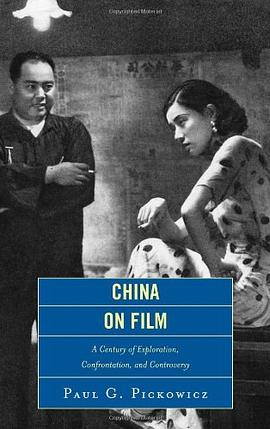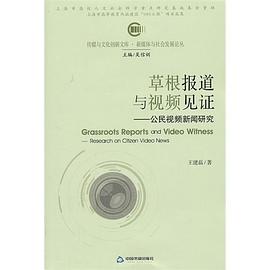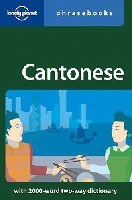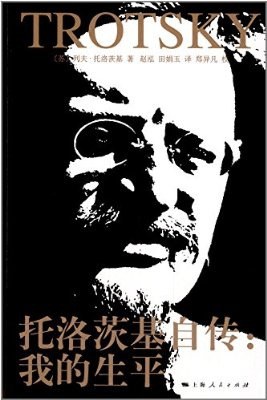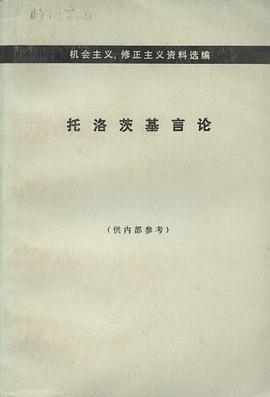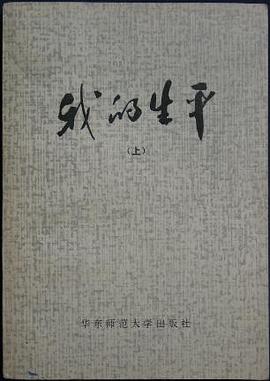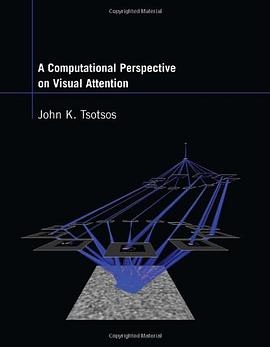

具体描述
Although William James declared in 1890, "Everyone knows what attention is," today there are many different and sometimes opposing views on the subject. This fragmented theoretical landscape may be because most of the theories and models of attention offer explanations in natural language or in a pictorial manner rather than providing a quantitative and unambiguous statement of the theory. They focus on the manifestations of attention instead of its rationale. In this book, John Tsotsos develops a formal model of visual attention with the goal of providing a theoretical explanation for why humans (and animals) must have the capacity to attend. He takes a unique approach to the theory, using the full breadth of the language of computation--rather than simply the language of mathematics--as the formal means of description. The result, the Selective Tuning model of vision and attention, explains attentive behavior in humans and provides a foundation for building computer systems that see with human-like characteristics. The overarching conclusion is that human vision is based on a general purpose processor that can be dynamically tuned to the task and the scene viewed on a moment-by-moment basis. Tsotsos offers a comprehensive, up-to-date overview of attention theories and models and a full description of the Selective Tuning model, confining the formal elements to two chapters and two appendixes. The text is accompanied by more than 100 illustrations in black and white and color; additional color illustrations and movies are available on the book's Web site
作者简介
目录信息
读后感
评分
评分
评分
评分
用户评价
相关图书
本站所有内容均为互联网搜索引擎提供的公开搜索信息,本站不存储任何数据与内容,任何内容与数据均与本站无关,如有需要请联系相关搜索引擎包括但不限于百度,google,bing,sogou 等
© 2025 book.wenda123.org All Rights Reserved. 图书目录大全 版权所有

